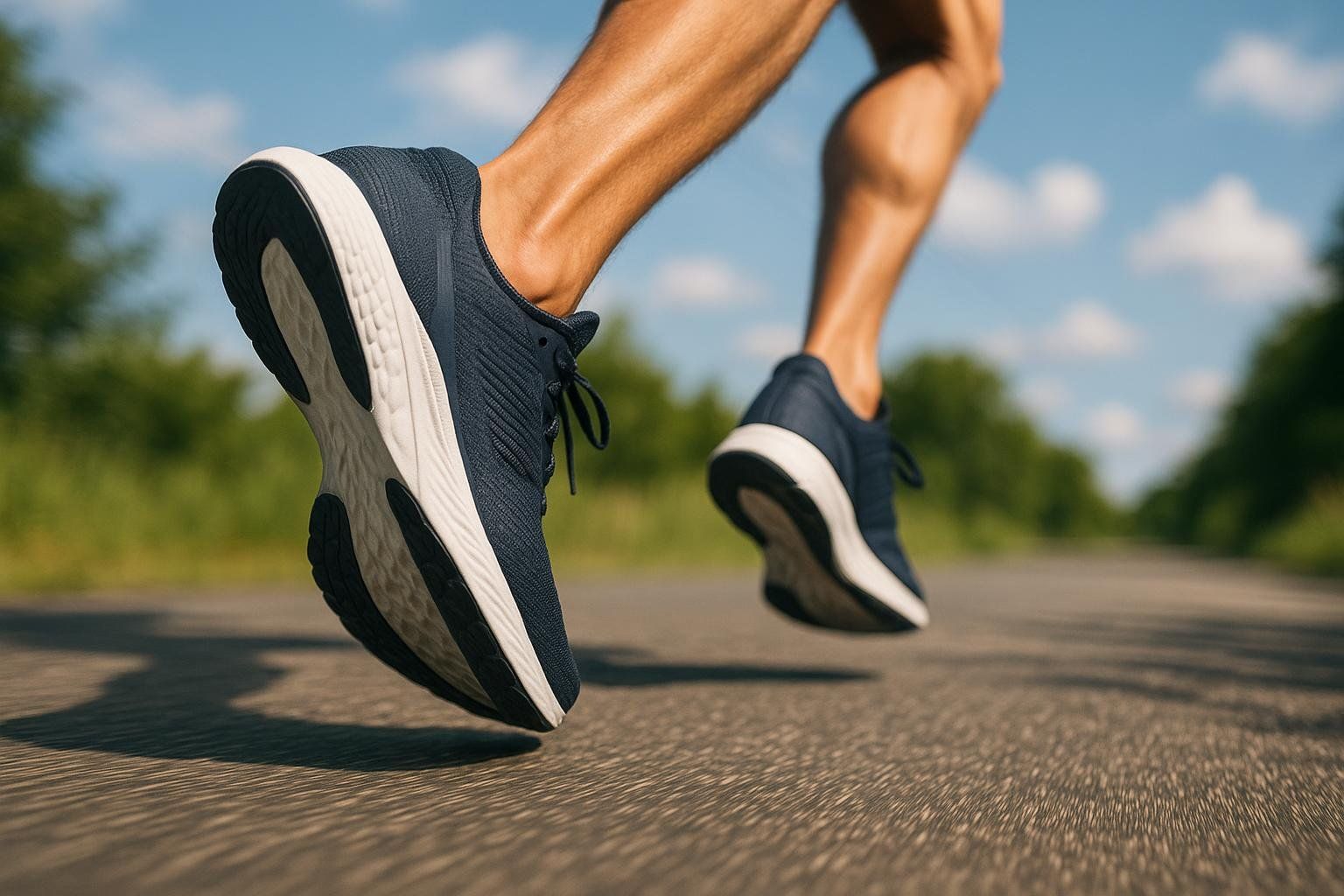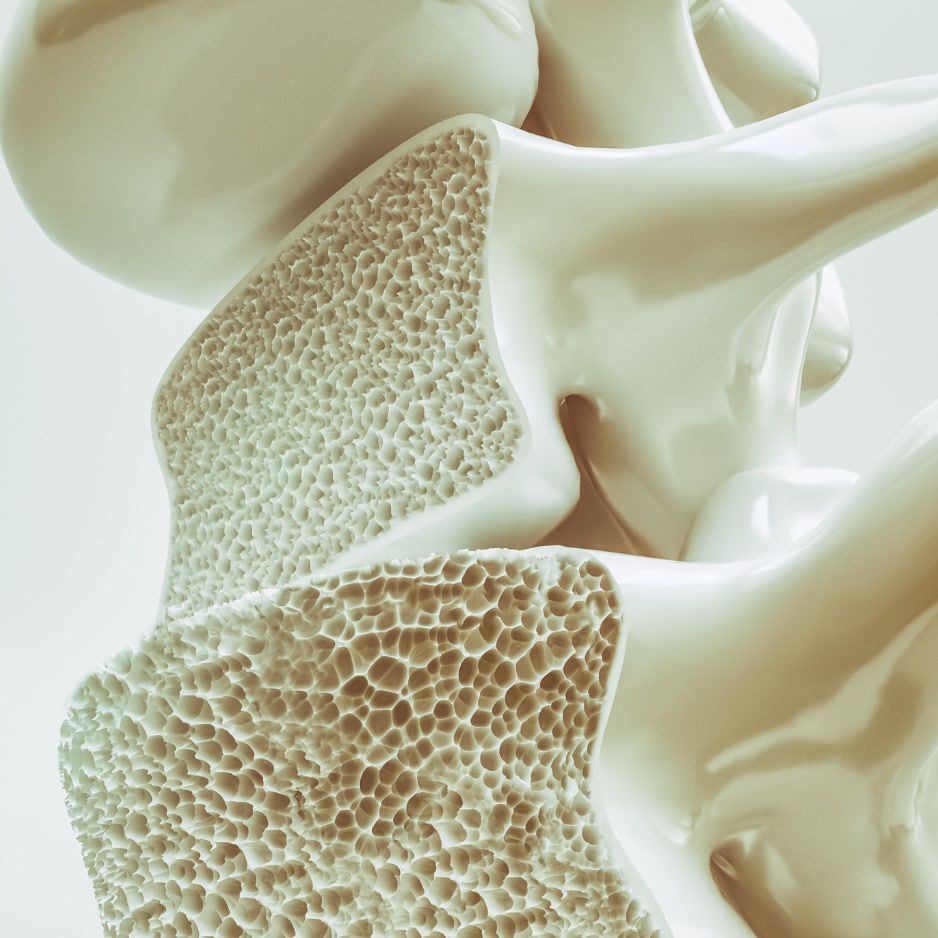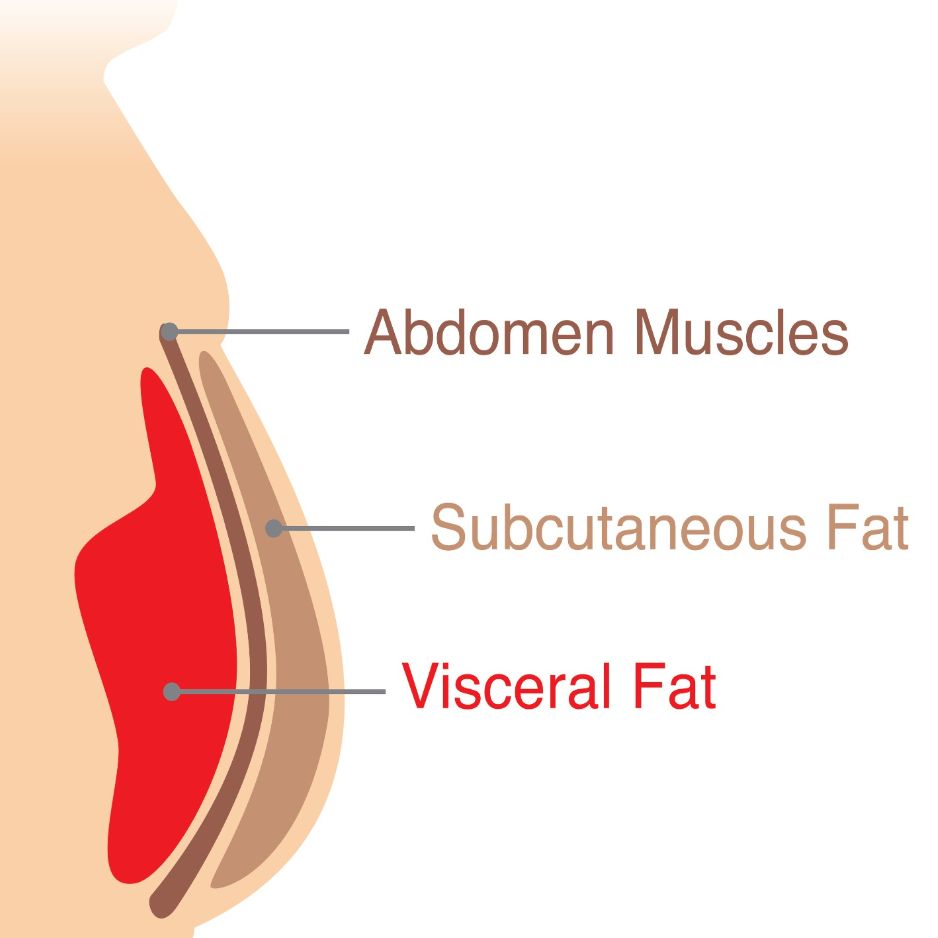How to Improve Lung Capacity: Science-Backed Strategies

How to Improve Lung Capacity: Science-Backed Strategies
Take a deep breath. How much air do you think you just pulled in? If you’ve ever wondered how to improve lung capacity, this guide has you covered. You’ll learn evidence-based ways to measure and expand your breathing power, along with mini-programs tailored to your unique goals—whether you’re a weekend runner chasing a new 10K PR, a retiree managing COPD, or a singer aiming for a flawless sustained note.
What Does “Lung Capacity” Actually Mean?
Your lungs hold more than one type of air “compartment.” The most useful terms to know are:
| Term | What It Represents | Why It Matters |
|---|---|---|
| Total Lung Capacity (TLC) | The maximum amount of air your lungs can hold after a full inhale | Top-end ceiling for breath volume |
| Vital Capacity (VC) | Amount of air you can forcefully exhale after a full inhale | Practical indicator for athletes & singers |
| Forced Vital Capacity (FVC) | Speed + volume of that forced exhale (measured during a spirometry test) | Clinical metric for lung disease |
| Residual Volume (RV) | Air that always stays in the lungs (you can’t blow it out) | Higher RV is often associated with conditions like COPD |
During normal resting breathing, a single tidal breath uses only about 10 percent of vital capacity, leaving significant reserve capacity for deeper inhalations.
Simple Ways to Measure Your Baseline
Before you start: consult your healthcare provider to confirm that these self-tests are appropriate for you and to help interpret the results.
- Peak Expiratory Flow (PEF)
Pick up an affordable peak-flow meter from a pharmacy and stand tall. Inhale deeply, then blast the air out as hard and fast as possible. Record the number (liters/min). Repeat 3 × and take the best score. The MedlinePlus guide recommends testing morning + night for two weeks to find your personal “green zone.” - Simple Breath-Hold Test
Sit, relax, take a deep, comfortable breath (not a maximum, strained inhale). Start a timer as you gently close your mouth. Stop the timer at the first definite urge to breathe—don’t push to dizziness. This captures your breath-hold tolerance and helps track progress over time.
This is an informal assessment and not a substitute for medical diagnosis.
Logging these numbers in a spreadsheet or fitness app helps you spot trends as you train.
Safety Reminder
If you have asthma, COPD, heart disease, or any other chronic condition—or if you experience chest pain, dizziness, or severe shortness of breath—talk with your doctor before beginning new breathing drills or purchasing respiratory training devices.
The Core Breathing Exercises (Table Summary)
| Exercise | Difficulty | Time per Set | Main Benefit | Best For | Citation |
|---|---|---|---|---|---|
| Diaphragmatic (Belly) Breathing | 🟢 Beginner | 5 min | Strengthens diaphragm, lowers heart rate | Stress relief, singers, COPD patients | Cleveland Clinic |
| Pursed-Lip Breathing | 🟢 Beginner | 3–5 min | Keeps airways open longer; reduces breathlessness | COPD, runners mid-workout | Cleveland Clinic |
| Box Breathing (4-4-4-4) | 🟡 Moderate | 5 min | Improves CO₂ tolerance & focus | Anxiety, HRV training | Cleveland Clinic |
| Inspiratory Muscle Training (IMT) | 🔴 Advanced (device) | 30 breaths | Increases inspiratory strength | Endurance athletes | Frontiers 2024 meta-analysis |
| Alternate-Nostril (Nadi Shodhana) | 🟡 Moderate | 5 min | Improves focus and may improve FEV₁ | Yogis, singers | 2021 study on Nadi Shodhana |
1. Diaphragmatic (Belly) Breathing
- Lie on your back or sit supported. Place one hand on your chest, the other just below your rib cage.
- Inhale through the nose for 4 sec, feeling the lower hand rise.
- Purse your lips and exhale for 6–8 sec, letting the belly fall.
- Repeat for 5 minutes, 2–3 × daily.
2. Pursed-Lip Breathing

- Inhale slowly through the nose for 2 sec.
- Purse lips as if blowing out candles.
- Exhale gently for 4 sec—twice as long as the inhale.
3. Box Breathing (4-4-4-4)
- Sit upright with feet flat on the floor.
- Inhale through the nose for 4 sec while expanding the ribs.
- Hold the breath for 4 sec without tensing the shoulders.
- Exhale slowly through the mouth for 4 sec.
- Hold again for 4 sec before starting the next inhale.
- Complete 10–15 “boxes” or about 5 minutes per session.
Pro tip: Visualize tracing the four sides of a square to keep rhythm and focus.

4. Inspiratory Muscle Training (IMT)
An inspiratory-training device strengthens your breathing muscles by providing resistance—think of it as dumbbells for your diaphragm.
The 2024 Frontiers meta-analysis reports that protocols starting at ≈30 % of maximum inspiratory pressure (MIP) and increasing resistance by roughly 5 % each week for 6–12 weeks lead to significant gains in inspiratory strength and exercise capacity. Because MIP is measured in a clinical setting, home users can simply begin with the device’s lowest resistance and increase it gradually as breathing becomes easier.
How to practice:
- Sit or stand tall.
- Inhale forcefully through the mouthpiece for 1–2 sec.
- Remove the device and exhale passively.
- Perform 2 sets of 15–30 breaths once daily, increasing resistance gradually as tolerated.
5. Alternate-Nostril (Nadi Shodhana) Breathing
- Sit cross-legged or in a chair with a straight spine.
- Place the right thumb over the right nostril; inhale through the left nostril for 4 sec.
- Close the left nostril with the right ring finger; hold for 2 sec.
- Open the right nostril and exhale for 4 sec.
- Inhale through the right nostril for 4 sec, hold both nostrils closed for 2 sec, then exhale out the left.
- Continue for 5 minutes (≈20–25 cycles).
Persona-Tailored Protocols
The following protocols are designed for specific goals. Select the one that best matches your objective.
🏃♂️ Amateur Runner: 4-Week Endurance Booster

| Week | Key Focus | Session Structure |
|---|---|---|
| 1 | Cadence Awareness | • 10-min warm-up jog • Three 5-min intervals of inhale for 3 steps and exhale for 3 steps • 2–3-min easy jog or walk between intervals |
| 2 | Pursed-Lip Intervals | 4 sets of (1-min fast run + 2-min walk) using pursed-lip breathing during the walks |
| 3 | IMT Intro | Add one IMT session after your run, twice per week |
| 4 | Long-Run Rhythm | 40-min steady run maintaining a 4-step inhale, 4-step exhale pattern |
Syncing your breath with foot strikes steadies heart rate and improves running efficiency.
Track your PEF throughout the month and aim for a consistent upward trend.
👵 Retired COPD Patient: Daily Comfort Plan

| Time of Day | Activity | Breathing Focus |
|---|---|---|
| Morning | Seated warm-up | 5 minutes of diaphragmatic breathing followed by 5 minutes of pursed-lip breathing |
| During Daily Activities | Use pursed-lip breathing as needed during exertion (e.g., walking, climbing stairs) to manage breathlessness | |
| Before Stressful Tasks | Relaxation prep | Box breathing 4-4-4-4 for 2 min |
🎤 Professional Voice Performer: Breath-Control Circuit

| Step | Exercise | Duration/Reps |
|---|---|---|
| 1 | Warm-Up: Diaphragmatic breathing (lying) | 5 min |
| 2 | Sustained “S” hisses at 90 % inhale | 5 reps for at least 20 seconds each |
| 3 | Alternate-Nostril Breathing | 5 min |
| 4 | Practice singing phrases on one breath, using pursed-lip breathing to recover between reps | 10 reps |
Sustained “S” hisses train long, controlled exhalations—essential for stable vocal delivery.
Lifestyle Habits That Support Bigger Breaths
• Posture check: A rounded upper back restricts lung expansion. Try the wall test: Stand with your heels, glutes, and shoulder blades against a wall. If the back of your head can’t rest there comfortably, your posture may be limiting full lung expansion.
• Stay hydrated: Adequate fluids keep the mucus lining of your airways thin, promoting clearer breathing.
• Foods that support lung health—think berries, citrus, and leafy greens—help tame inflammation and support healthy lung tissue.
• Quit smoking & avoid second-hand smoke: The most effective action for long-term lung health.
• Incorporate resistance work that fortifies your core muscles (see our guide to building core strength).
• Pair that with cardio sessions from our complete guide to low-impact cardio to boost overall VO₂ max.
Tracking Progress & When to Retest
- Weekly: Peak-flow readings morning & night.
- Monthly: Breath-hold time + IMT resistance setting.
- Quarterly: Consider scheduling a VO₂-max treadmill test alongside your next DEXA body composition scan.
If your PEF drops 20 % below baseline or you develop wheezing, contact a healthcare provider。
Frequently Asked Questions
How quickly can lung capacity improve?
Some small studies report subjective relief (easier breathing) within about two weeks of daily practice, while objective gains in peak-flow or inspiratory strength typically emerge after 4–6 weeks of consistent training (a narrative review on breathing exercises, a 4-week trial on IMT results).
Which exercise is best for beginners?
Start with diaphragmatic breathing—it teaches proper muscle activation and requires no equipment.
Is it safe to train lung capacity after COVID-19?
Generally yes, but begin with low-intensity diaphragmatic work and pursue clearance from a clinician. For a full roadmap, see Safe Exercise After COVID-19.
Does lung training replace cardio?
No. Think of breathing drills as “strength training” for respiratory muscles and cardio as “endurance.” You need both for maximum performance.
Takeaway
Consistency and feedback are key. With targeted drills, supportive lifestyle habits, and regular tracking, your lungs can adapt and deliver more power—whether that breath fuels a finish-line sprint, a staircase climb, or a show-stopping high note.
Ready to quantify your progress? Book a BodySpec DEXA scan and VO₂-max test together and turn every breath into hard data.


